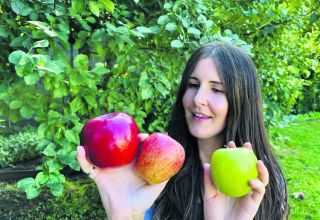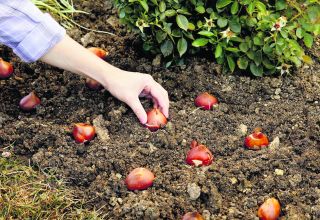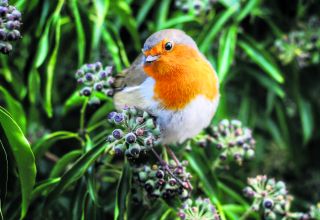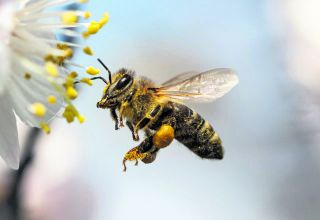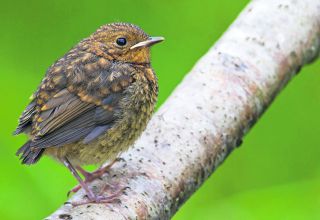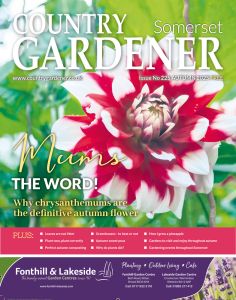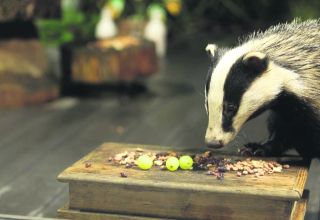
An easy way to look after wildlife over the coming winter months is to do less with your garden than you normally might.
Even in the mildest of winter food can be scarce for wildlife. So it’s time for gardeners to give a little thought to how they can help feed and provide conditions to help .
Leave undisturbed wild areas in your garden this winter – piles of leaves or brushwood can make the perfect nest in which animals can hide, rest and hibernate. By leaving the task of tidying your garden borders and shrubs until early spring, shelter can be provided for insects throughout winter.
Avoid pruning berry or fruit-bearing bushes or trees in your garden or on your balcony, as these provide indispensable food for birds over the next few months.
1. Leave the leaves
Allow leaves, twigs and sticks to pile up under hedges or in borders. This can provide a cosy home for hedgehogs and dormice to hibernate. The leaves will also shelter insects – which will become food for those insects as the leaves decompose. These insects will in turn be food for birds who will feast by picking at the leaves. On a balcony, do leave a corner to gather any leaves or dust, to provide insects with a shelter.
2. Finding food
The winter months are especially tough for animals that don’t hibernate, such as birds, squirrels, badgers and foxes. They must keep their body temperature up by eating sufficient food, but it is scarce at this time of year. You can be their lifeline by making or buying them food.
Fat balls, sunflower seeds and (unsalted) peanuts are appreciated by many birds. You can put these up in a tree, or in a standalone birdfeeder if you want to stop the squirrels from getting there first. Birdfeeders make great gifts for birdwatchers or general wildlife lovers. If filled with nutritious food, you can be sure they will be used and appreciated!
Squirrels and pigeons may not be welcome guests. Find feeders that they can’t access.
3. Don’t forget the water
It’s also important to supply wildlife with water, especially in freezing temperatures. A plant saucer with a few differently-sized stones in it will allow a variety of birds to bathe. If you place the saucer at ground level, many other animals will also be able to drink from it.
If you have a pond, and the surface is frozen, you may want to melt or break some of the ice to allow animals to drink from it. Melt the ice by placing a hot saucepan on the surface, or gently poking a few holes. Avoid breaking the ice with any force, or by pouring boiling water in, as this could harm any fish, frogs or newts living inside.
Ensure you clean birdfeeders and saucers before refilling them, to avoid spreading diseases.
4. Give them shelter
If you have a bit more time, you can provide wildlife with a more substantial shelter.
Making bird boxes can be a fun project over winter’s dark weekends and breaks.
Birds will take shelter in boxes on colder nights, and if they get familiar with the box now, they may choose to nest in the spring. Depending on what bird the box is made for, you can put these up in trees, under your roof, or against a wall, making their use possible for people in flats.
As with bird feeders, it’s good practice to wash nest boxes every so often – but only when you’re certain that you don’t have any tenants, as you don’t want to disturb them!
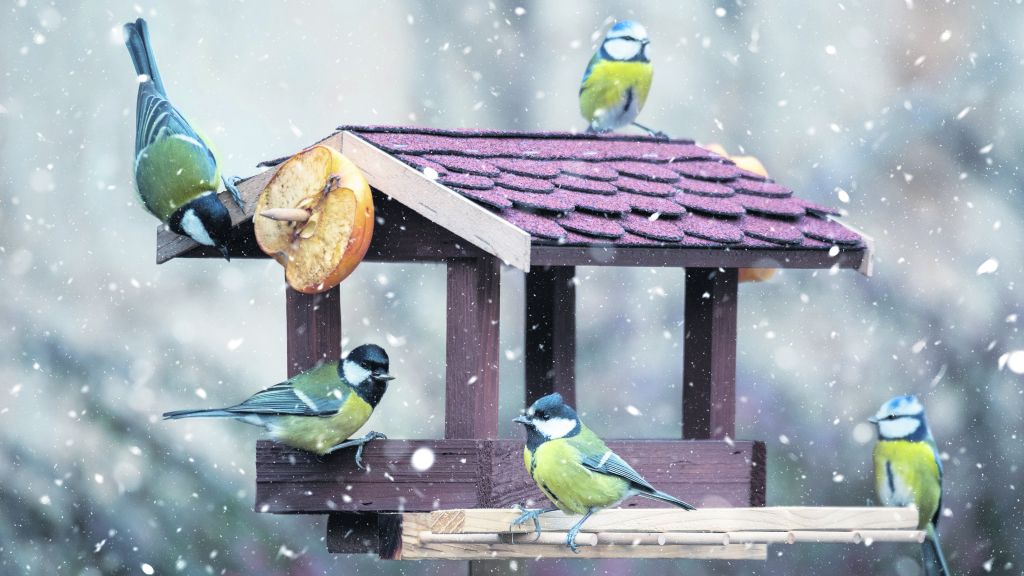
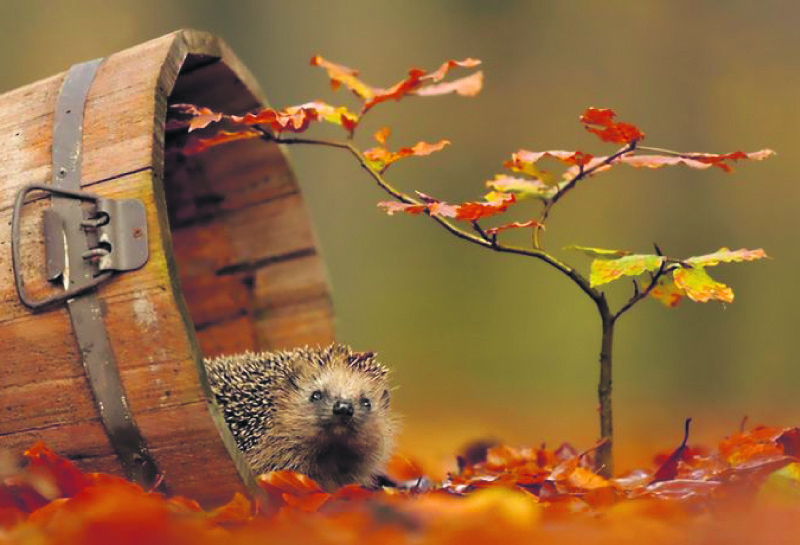
5. Special help for hedgehogs
Nearly half of all hedgehogs die during their first winter. Many starve, while those born in late-summer are often too small to hibernate, and so are unable to survive the cold weather. In mild winters, hedgehogs are prone to waking up, having been tricked into believing it is spring. They waste valuable fat reserves looking for food.
Provide shelter by making a leaf pile, or making a hedgehog house. Leave a dish of water and dog or cat food to help boost their fat reserves, until it’s no longer taken (usually mid- to late-autumn when they enter hibernation). If you find a baby hedgehog, keep it warm in a tall-sided box with a hot water bottle on the bottom, covered with a thick towel. Feed with cat or dog food and water and visit britishhedgehogs.org.uk for advice.
6. Check and double check bonfires
Before lighting bonfires, check wood or leaf piles carefully for wild animals such as hedgehogs, frogs and mice, who like to hibernate in these cosy spots. If you find wild animals in hibernation, be sure to leave them be.
7. Helping badgers in severe weather
Badgers don’t hibernate, but they do sleep through most of the severe weather. They have a tough time finding their favourite food of earthworms when the ground is frozen. They’d welcome nibbles such as lightly cooked meats, cheese, peanuts and fruit.
8 .Don’t forget the insects
Insects readily hibernate in gardens. Bumblebees dig holes in the ground or rest in leaf litter, butterflies sleep in garages, sheds and between folds of curtains. Wasps, ladybirds and lacewings shelter under loose bark on logs and in cracks in door and window frames.
Recreate the nooks and crannies insects hibernate in by tying up bamboo and sunflower stems, and leave them in a dry spot in the garden. Leave areas of the garden untouched over winter and let areas of long grass remain unmown, so insects such as green shield bugs can shelter here.


